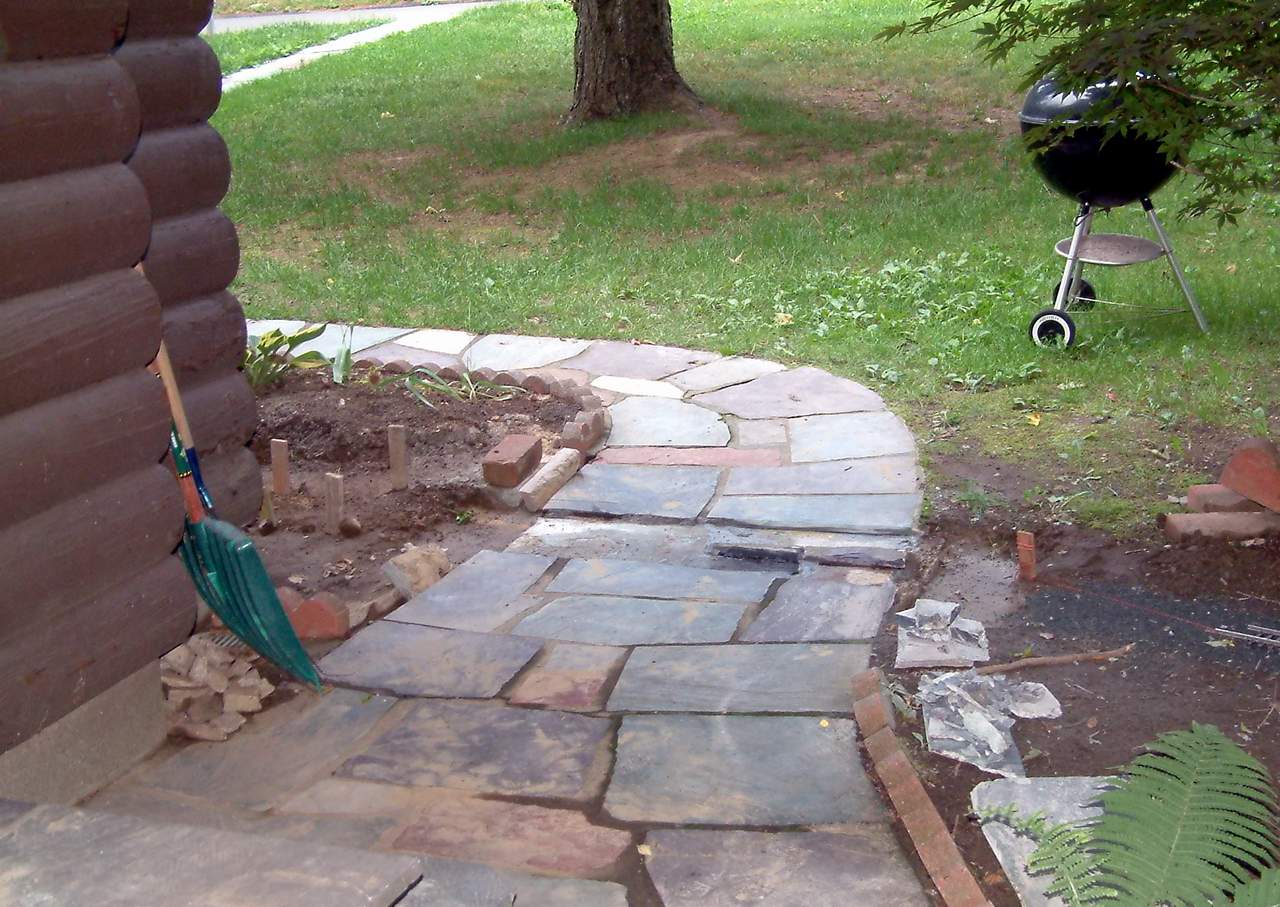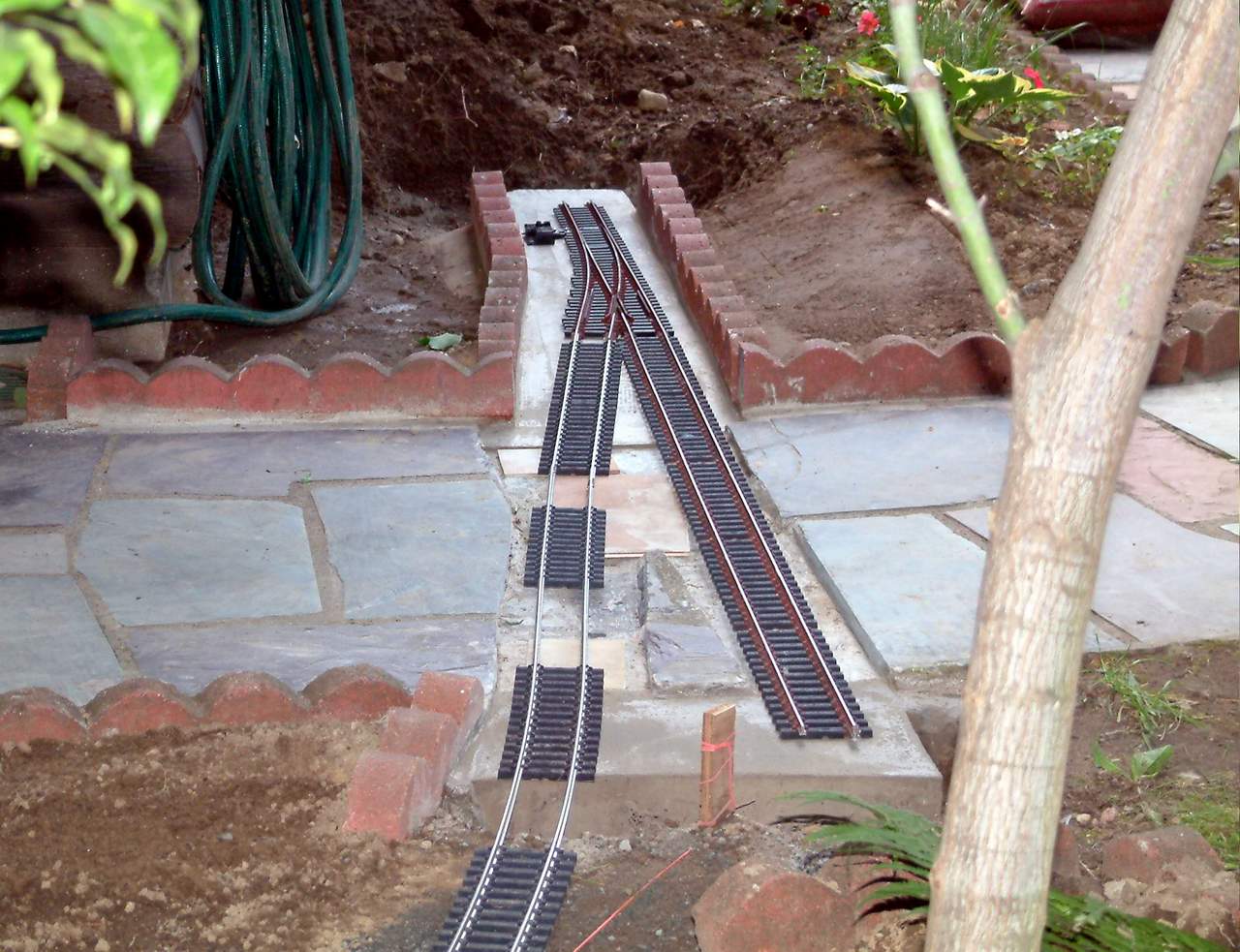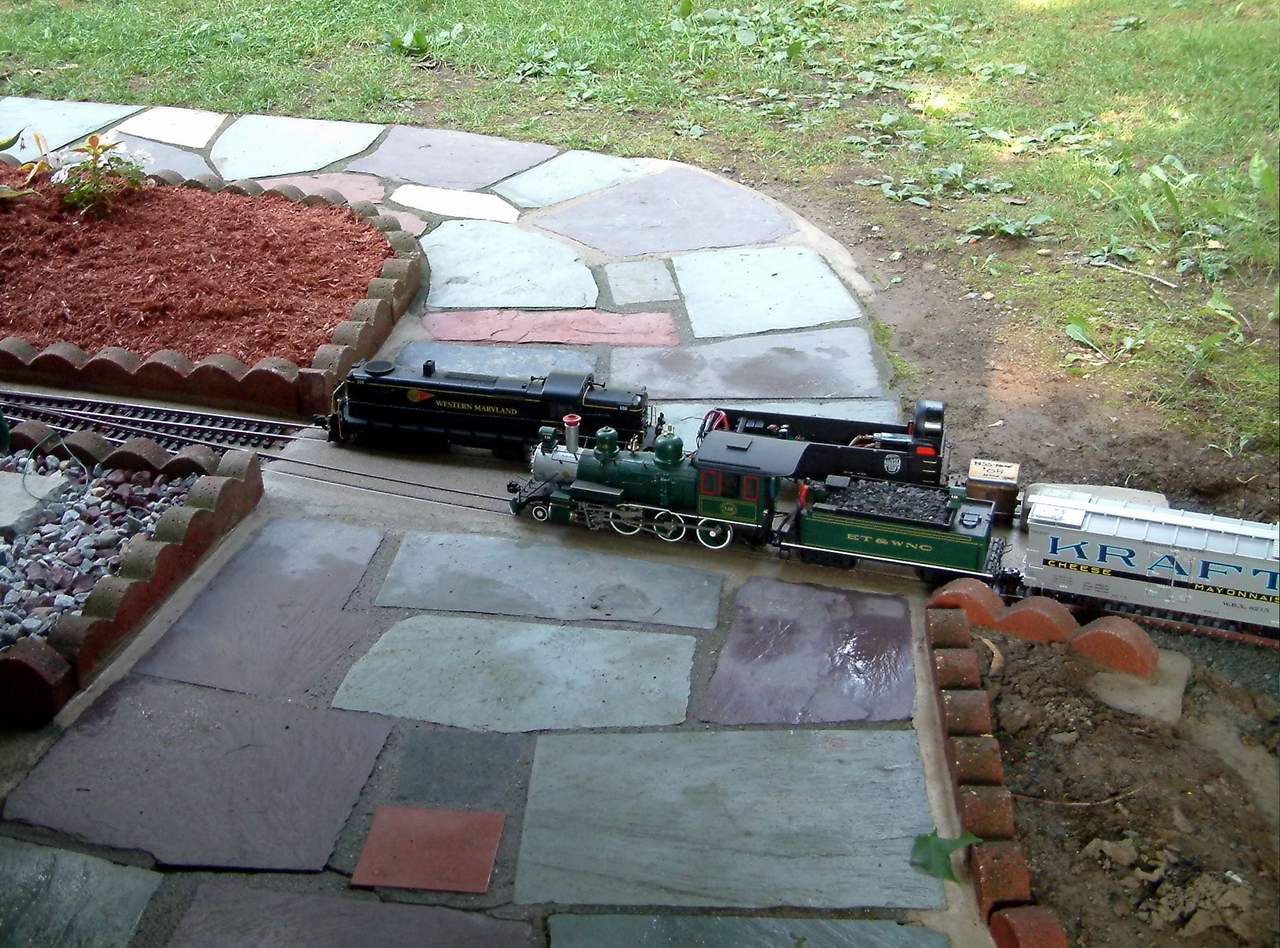Welcome aboard Mark!
I will address your thoughts in the order stated. LS (Large Scale) is generally noted for being for outdoor use. That does not say running in the rain is a good idea. Keep in mind that LS experiences all the same conditions that the prototype railroads endure. However LS does not have the scale of mass. Keeping the equipment covered in bad weather is a good idea.
LS includes, but is not limited to, 1:22.5. There are several popular scales that operate on LS (45mm gauge) track. Scales run from 1:32 and 1:29 (American modern prototyp), 1:24 and 1:22.5 (tyypically European Meter gauge and American narrow gauge),1:20.3 (American 3 foot narrow gauge) and 1:13.7 (American 2 foot narrow gauge). 'G’Scale has become the Generic phraseology for Large Scale.
Yes, it is possible and quite popular to incorporate the power (batteries) and control (redio control) into the locomotive. From your introduction I interpret that this is intended to ba a fairly substantial layout. Consider that a battery powerd locomotive will have a limited turn time under constant operation. I have a Bachmann K27 fitted with a 5600 mha battery. I can get about 3 hours of run time at a show. Do your due dillagence before making any decisions.
Yes, LS is relatively available, but limited in manufacturers in the RTR market. The second hand market is likely more available, but at a higher risk in the quality department. ‘Not ridiculously expensive’ is a relative term. Relative to how long your arm are and how deep your pockets. I would recomment looking on the internet at the hobby shops to see what is available and at what price.
The size of a locomotive is another one of those ‘relative’ things. As an example, I have a Hartland ‘Mack’ (2 axle small loco),scale 1:24ish is 6-8 inches long. My Bachmann K27 (2-8-2 steam), scale 1:20.3 is 39ish (engine and tender) long. I think most modern diesels fall less that the k27. There are lots of others available, maybe some of the folks will add some locos with dimensions.
I am not familiar with any C&O specific locomotives. I have one or maybe two C&O theme box cars. Large Scale does not have the selection of road names and car types available in the smaller scales. In most cases, supporting characters are scratch build. There are a couple structure manufacturers but they can be pricey.
LS track and switches will hold up to the occasional jolly giant footfall, but I would not recommend it as a habbit. If the track must cross a walkway I would recommend a straight crossing, recessing the track in the concrete the depth of the ties plus the rail, so he top of the rail will be flush to slightly recessed in the concrete. Then rip thin strips of white cedar the thickness of the height of the rail, leaving a flangeway on each side and securing that in place. Same on outside of rails. Search out ‘Grade Crossings’ and look for an old timber crossing to emulate.
Grade brossing gates are not commercially available to my knowledge
Track grade is a slippery slope to give acvice on. There are so many variables that affect the answer. However, in general I will answer in a somwaht generic format.
Steeper Grade = less cars that can be pulled by a given locomotive.
Axle lubrication = poor lubrication = less cars that can be pulled.
Locomotive = Hartland Mack locomotive will pull 6 standard sized box cars on level track with lubricated axles. Add a 2% grade and that drops to 3 cars.
I would not recomment more than 1.5-2% grade if modeling a modern mainline. That can go to 4% if you are modeling a narrow gauge or industrial type RR.
I recommend this book https://www.amazon.com/Garden-Railway-Basics-Construction-1-May-2013/dp/B011T7DHOS . It will cover likely 85% of your questions. It is a bit out of date in terms of electronics technologies but the beginner basic info is still sound.






